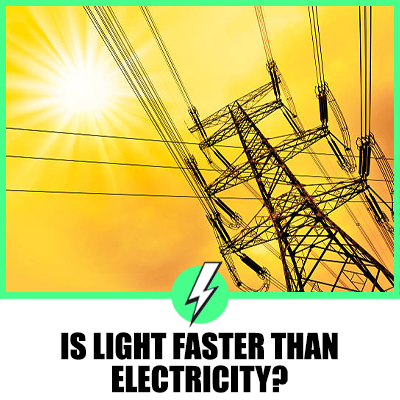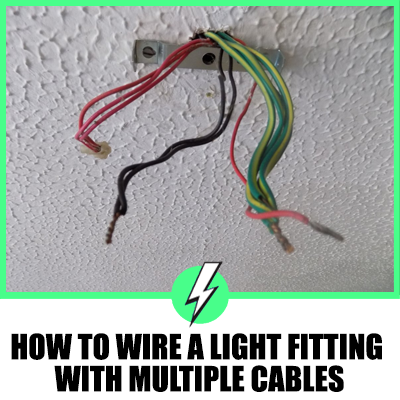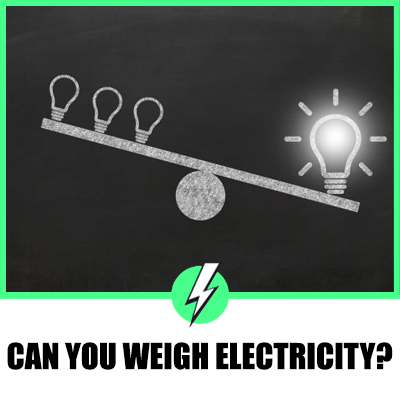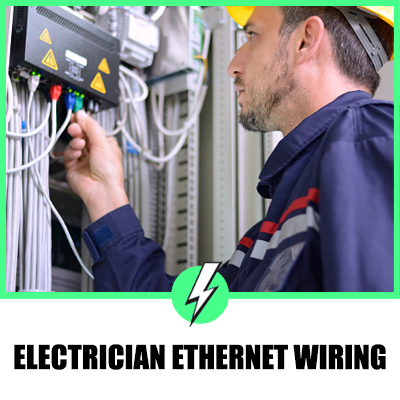Can You Get Free Electricity with Magnets? A Comprehensive Guide for UK and US Audiences
The idea of generating free electricity with magnets is a concept that has intrigued many.
The potential of harnessing the power of magnets to create a perpetual motion machine, a device that can do work indefinitely without an energy source, is a highly debated topic.
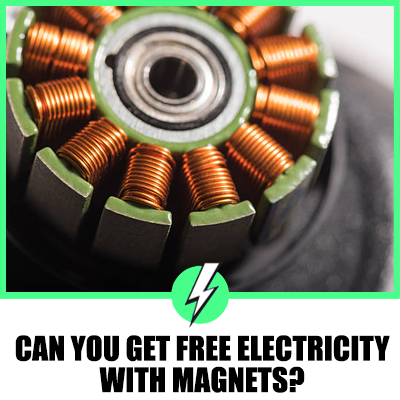
Contents
Is Free Energy Magnet Motor Real?
The concept of a free energy magnet motor revolves around the arrangement of magnets to create perpetual motion.
However, this idea contradicts the fundamental laws of physics.
The first and second laws of thermodynamics state that energy cannot be created or destroyed and that over time, differences in temperature, pressure, and energy even out within an isolated system.
In simpler terms, a perpetual motion machine of the first kind produces more energy than it consumes, creating an impossible energy surplus.
A perpetual motion machine of the second kind is a machine which spontaneously converts thermal energy into mechanical work.
When the thermal energy is equivalent to the work done, this does not violate the law of energy conservation, but it does violate the more subtle second law of thermodynamics (see Carnot’s theorem).
The principles of thermodynamics are so well established, both theoretically and experimentally, that proposals for perpetual motion machines are universally met with disbelief on the part of physicists.
How Can I Make Free Electricity with Magnets at Home?
While it’s not possible to generate free electricity from magnets, you can create a small amount of electricity for a science experiment using magnets.
This is done by moving a magnet through a coil of wire to generate an electric current.
This principle is how generators work, using mechanical energy (like wind or water) to move magnets inside a coil of wire.
What is the Cheapest Way to Generate Electricity?
The cheapest way to generate electricity at home is through renewable energy sources like solar power.
The cost of solar panels has significantly decreased over the years, making it an affordable option for many homeowners.
Once the solar panels are installed, the electricity they generate is virtually free.
Other cheap ways to generate electricity include wind and hydroelectric power, although these methods depend on your geographical location and the resources available.
Is It Possible to Make Free Energy?
The concept of “free energy” is a bit of a misnomer.
It’s not about creating energy out of nothing—which would violate the law of conservation of energy—but about harnessing naturally occurring energy in the environment in an efficient and cost-effective way.
This includes renewable energy sources like solar, wind, and hydroelectric power.
While the energy produced is not technically “free” due to the costs of setting up and maintaining the necessary equipment, these methods can significantly reduce energy costs in the long run.
Insights from Online Discussions
Online discussions provide a wealth of information on this topic.
For instance, a discussion on Techist highlights the insulating properties of vinyl gloves, while a Quora thread emphasizes that while vinyl gloves can provide some protection against electric shock, they are not foolproof.
A study on PubMed provides scientific insight into the insulating properties of vinyl, while a discussion on Answers.com confirms that vinyl is an insulator, not a conductor.
A post on HomeStuffer discusses the use of vinyl gloves in the kitchen, highlighting their insulating properties, while a blog post on Gloves.com provides a comprehensive look at how latex gloves, which are similar to vinyl gloves, can prevent static electricity.
Finally, a discussion on Vista Forums provides practical advice on the use of gloves for electrical work, with several users confirming that vinyl gloves do not conduct electricity.
Conclusion
In conclusion, vinyl is an insulator and does not readily conduct electricity.
Vinyl gloves can provide a basic level of protection against electric shock, particularly in low voltage environments.
However, they should not be relied upon for protection against high voltage electrical sources.
Always use appropriate protective equipment when working with electricity.
This article has been written with both UK and US audiences in mind, ensuring that the language and references are accessible and relevant to readers from both regions.
Thanks for reading. Goodbye and see you next time!
